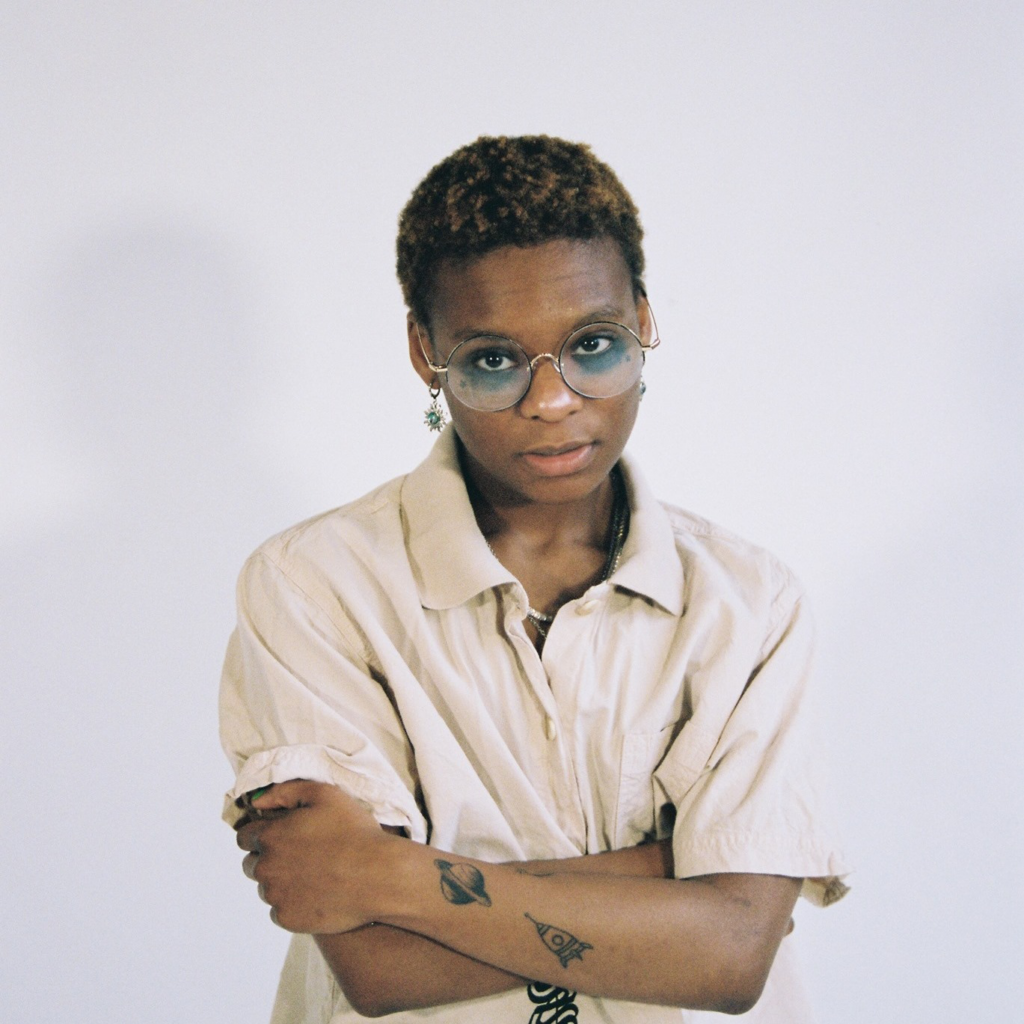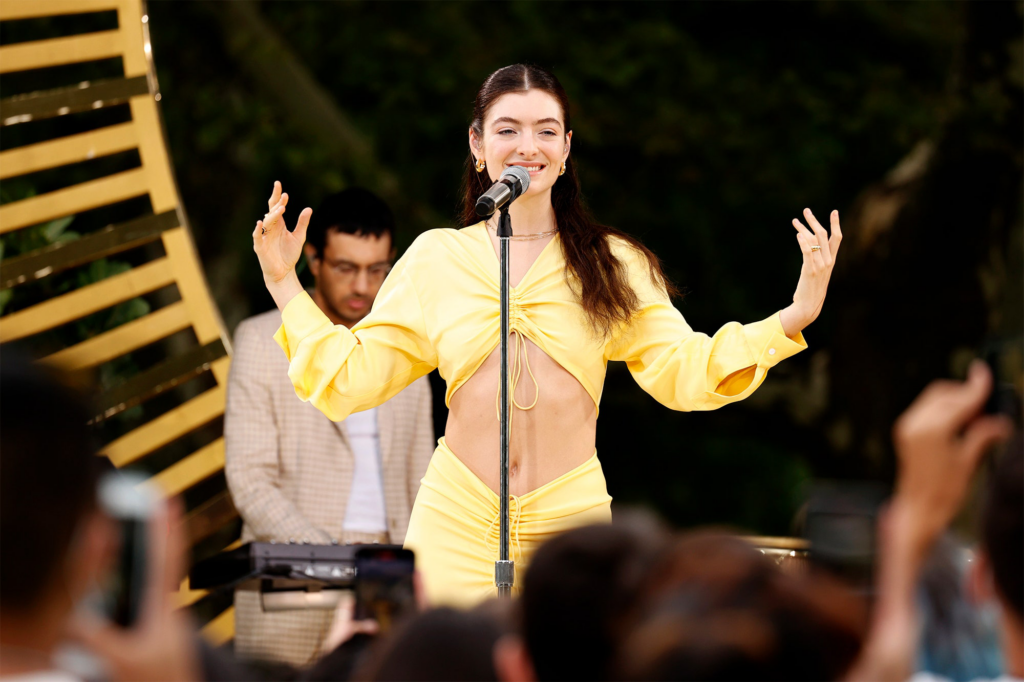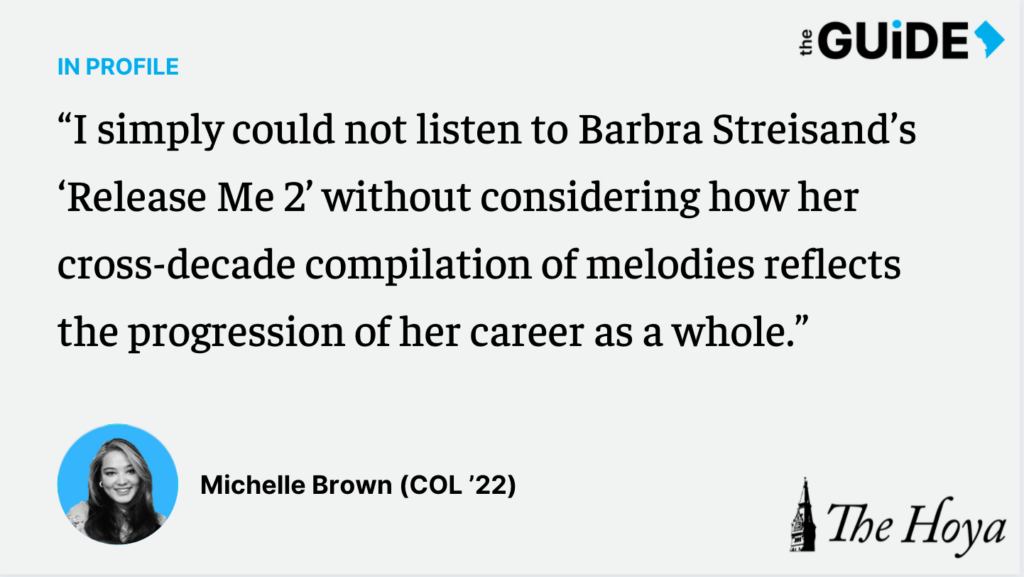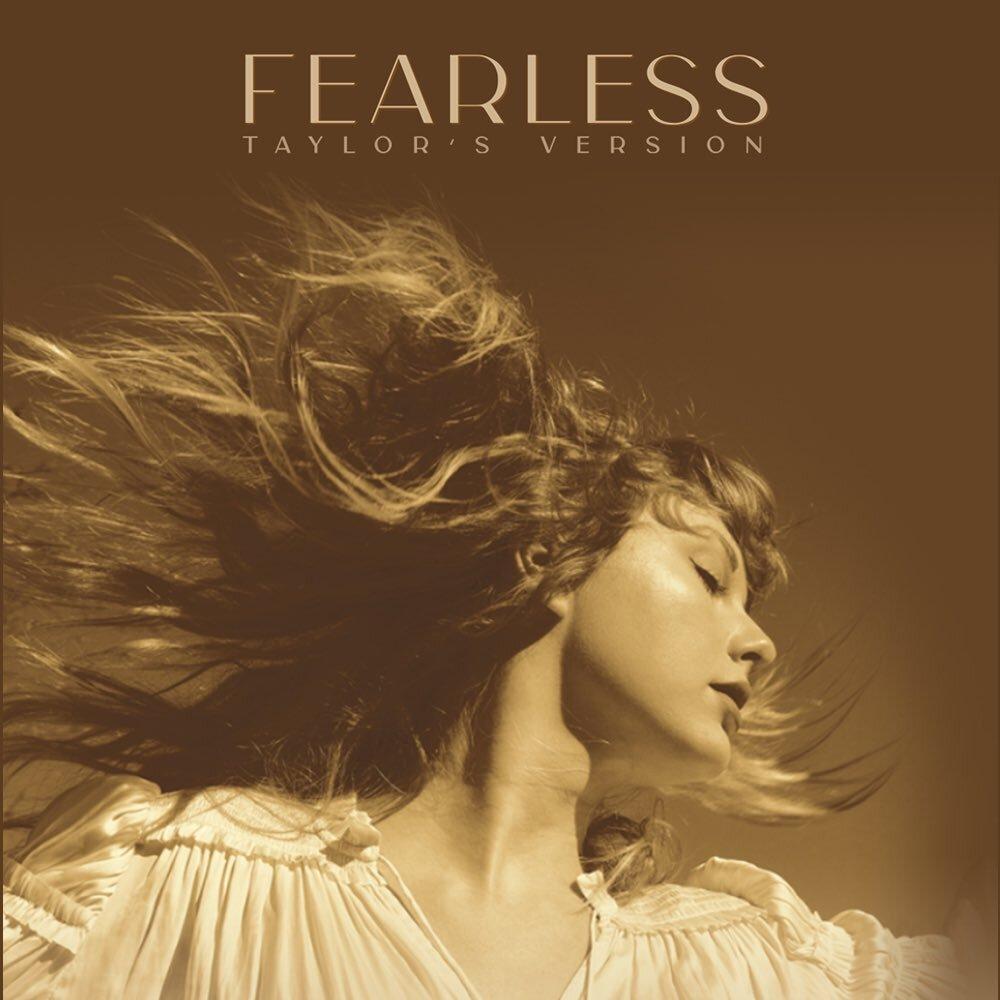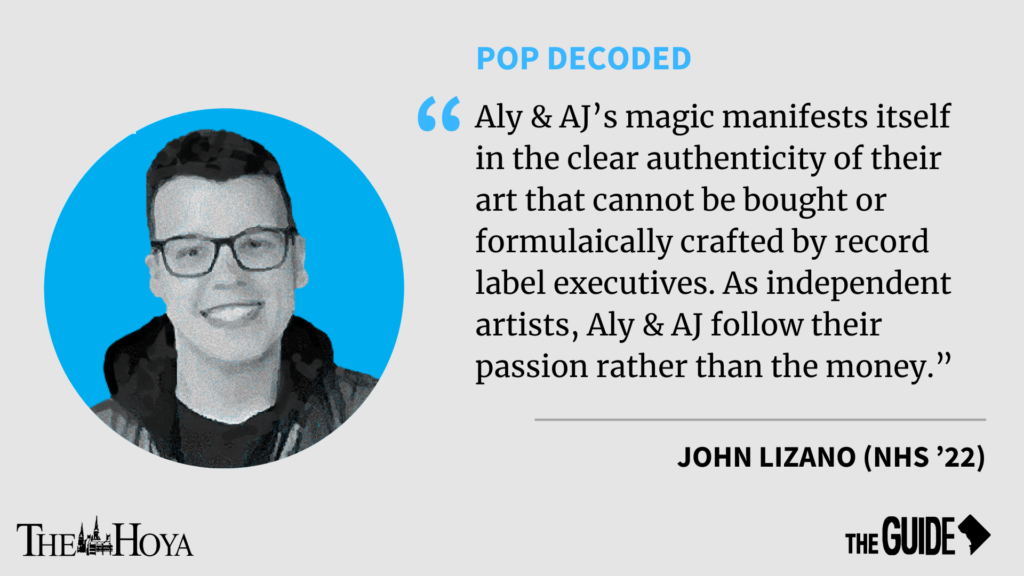Billie Eilish’s debut album “WHEN WE ALL FALL ASLEEP, WHERE DO WE GO?” solidifies her up-and-coming status as a pop superstar. The long-awaited album follows Eilish’s intermittent releases of her 2017 debut EP, “dont smile at me,” and a series of singles. The release garnered much intrigue, with both fans and press clamoring to hear what direction her debut album would take. In her first album, Eilish shares an uncompromising, dark aesthetic that tests the limits of pop music, even when the album’s individual songs occasionally fail to harmonize with each other.
Eilish has made streaming history, with the third-largest streaming week ever for an album by a woman. She is also the youngest woman to have a No. 1 album on the Billboard 200 chart since 2009. Eilish rose to fame after the runaway success of her first single, “Ocean Eyes,” and continued to release songs on her Soundcloud account until getting picked up by Interscope records. After joining the Los Angeles Children’s Choir at age 8, Eilish began to tap into her creativity and honed her own vocal skills to eventually apply them to her own songs.
Eilish, 17, worked together with her 21-year-old brother Finneas O’Connell to write, record and produce the album in a studio in their Los Angeles family home. The intimacy of this setting parallels that of the music; Eilish is candid and refreshingly self-aware in “WHEN WE ALL FALL ASLEEP, WHERE DO WE GO?” Though she has reached a level of fame that few artists achieve so young and so quickly, Eilish feels a genuine connection with her fans, especially the significant portion who near her in age.

The album opens with “!!!!!!!,” in which Eilish declares that she has removed her Invisalign and announces, “This is the album,” before collapsing into laughter with O’Connell. This moment reminds listeners that although the album is expertly crafted, its creators do not take themselves too seriously.
Listeners get this same impression in “my strange addiction,” in which Eilish interweaves soundbites from an episode of “The Office.” Though Eilish takes a lighthearted approach that appears periodically throughout the album, the same cannot be said for the rest of the album.
Eilish, perhaps emboldened by her youth, tackles risky and at times controversial themes. In “xanny,” Eilish’s voice is warped by the distorted beat as she bemoans drug abuse. In “wish you were gay,” Eilish sings “I can’t tell you how much I wish I didn’t wanna say / I just kinda wish you were gay,” lyrics which were met with substantial backlash on the Internet. Eilish defended the song, arguing that the lyrics were misinterpreted and the song was meant to be a joke.
The songs are as sonically diverse as they are thematically diverse. In “8,” Eilish sings over a ukulele as she steps into the shoes of somebody she hurt. Similarly, Eilish takes on another’s perspective in “bury a friend,” which is written from the viewpoint of the monster under her bed. Whereas “8” is soft and gloomy, Eilish sings frantically in “bury a friend” over a pounding beat. In both, she transcends the limitations of her identity and tells stories that she could not write by relying solely on her own experiences.
The track “bad guy” presents the most traditionally pop song from the album. The song is upbeat, playful and rhythmic, but its lyrics are hardly safe. Eilish sings about being “the bad guy,” asserting that she is the type to “make your mama sad,” “make your girlfriend mad” and “seduce your dad.” Eilish embraces a mischievous persona that allows her to explore darker themes than the music industry allows most 17-year-old pop stars to explore.
After a series of macabre songs, in which Eilish sings about burying friends — “ilomilo” and “bury a friend” to name a few — the album ends on a melancholy note. The final trio of songs, “listen before I go,” “i love you” and “goodbye” is a nod to the gloomy tracks in “dont smile at me.” While Eilish’s vocals are overpowered by the heavy bass of earlier songs in the album, these songs truly do her vocals justice. Her eerily soft voice is highlighted by the minimalist production.
In “goodbye,” the final track of the album, Eilish offers a final walkthrough of her debut by combining lyrics from each of the previous songs in the reverse order of how they appear in the tracklist. With this, Eilish is able to tie up some of the album’s loose ends.
Some abrupt transitions and varied subject matter make the album feel quite disjointed; despite these inconsistencies, Eilish remains unabashedly authentic and sincere in each track. Hardly one to follow trends, Eilish sings about what she is feeling with little regard to how her music might be interpreted or formed into a more cohesive work as a whole.
Although hindered by its inability to stick with one sound, the album is tied together by its resounding darkness. Eilish stated that she got inspiration for the album from her regular night terrors and lucid dreams. The cover of the album reflects this, with Eilish sitting on an unmade bed with her eyes rolled back in her head.
Though some songs fall short and the album lacks cohesiveness, “WHEN WE ALL FALL ASLEEP, WHERE DO WE GO?” offers a clear image of Eilish’s macabre vision for the future of pop music. Most of the risks that Eilish took pay off, and the wins of the album far exceed the losses. Though classified as a pop singer, Eilish proved with this album that she is a far cry from the archetypal, cookie-cutter teen popstar and will prioritize her vision over any industry standard.








